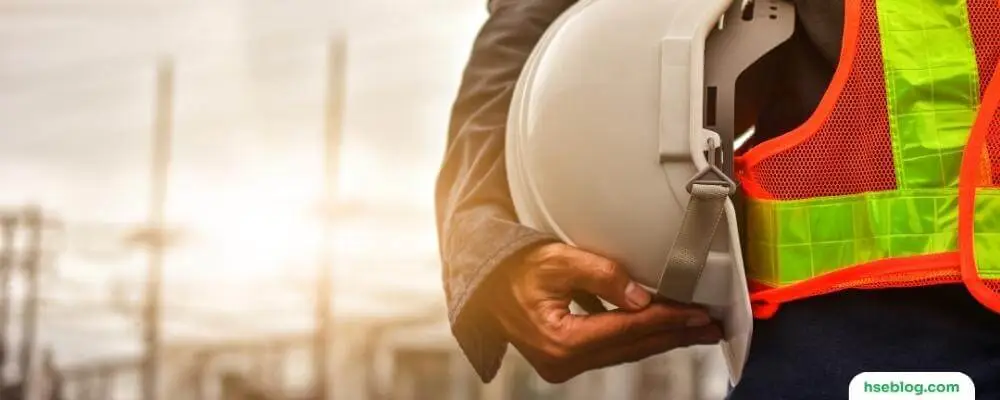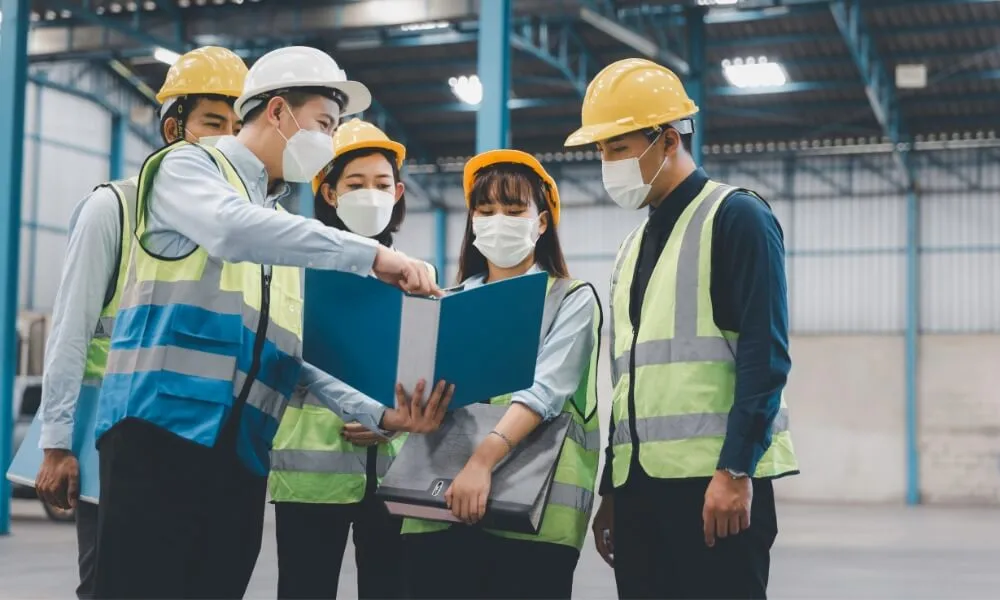Navigating the complex world of corporate leadership comes with myriad responsibilities. Among these, ensuring the health and safety of every individual associated with an organization is paramount. In this blog post, we delve into the crucial role of a company’s top-tier leaders, specifically the Managing Directors and Chief Executives, in upholding and enhancing safety standards. We explore the breadth and depth of their duties related to creating a secure, healthy work environment, ensuring regulatory compliance, and cultivating a safety-first culture.
Unpacking each of their responsibilities, we aim to provide a comprehensive understanding of the essential part these key figures play in safeguarding both human resources and business continuity. Read on to explore how Managing Directors and Chief Executives can effectively fulfill their safety responsibilities, contribute to a positive organizational culture, and ultimately drive their companies toward achieving operational excellence.
Managing Directors/Chief Executives Safety Responsibilities
Managing Directors and Chief Executives (CEOs) have crucial safety responsibilities within an organization. While specific duties may vary depending on the industry and jurisdiction, here are some general safety responsibilities that they typically hold:
1. Accountability
As the senior-most executive in an organization, the Managing Director or Chief Executive holds the ultimate responsibility for the company’s health and safety performance. This includes overseeing the implementation of safety protocols and procedures, ensuring compliance with regulations, and addressing any safety concerns. Accountability also means accepting the consequences if safety measures are not adequately enforced.
2. Culture Development
Cultivating a culture that places importance on health and safety is a critical role of these executives. This entails creating a work environment where safety practices are valued and adhered to by all employees. Promoting regular communication, training programs, and feedback sessions regarding safety protocols can help foster this culture.

3. Leadership
Executives must lead by example, demonstrating their commitment to health and safety. They should actively promote and implement health and safety policies and procedures, encouraging managers and staff to do the same. This leadership role also requires the ability to handle crises effectively and make decisions that prioritize the health and safety of all stakeholders.
4. Setting Standards
The executive team sets the minimum acceptable standards for health and safety. These standards should be informed by industry best practices, legal requirements, and the unique safety concerns of the organization. They serve as the benchmark against which the organization’s safety performance is measured.
5. Resource Allocation
Ensuring health and safety in a company requires investment. Executives must ensure adequate resources—financial, personnel, and material—are allocated to fulfill safety requirements. This might involve budgeting for equipment, staff training, safety officers, or other expenses.
6. Approval of Safety Projects
Executives review and authorize health and safety-related projects. They evaluate proposals based on their potential impact on safety, cost-effectiveness, and alignment with the company’s safety strategy. This could include projects like introducing new safety equipment or implementing a new safety training program.
7. Policy Review and Approval
Executives review and approve health and safety policies, procedures, and programs, ensuring they meet regulatory standards and address the specific risks associated with the organization’s operations. They should also ensure these policies are communicated and implemented effectively throughout the organization.
8. Regulatory Compliance
Executives must know all applicable health and safety regulations and ensure the organization complies. This may involve liaising with regulatory bodies, obtaining relevant permits, and keeping up-to-date with changes in legislation.

9. Meeting Agenda
Executives underscore its importance by including health and safety as a standing item on the agenda of senior management meetings. These discussions can focus on safety performance, potential risks, regulation updates, and strategies for improving safety.
10. Consultation Review
Executives review recommendations from external consultants and insurance companies. These recommendations can provide valuable third-party insight into potential risks, areas for improvement, and strategies for preventing accidents and injuries.
11. Site Inspection
Executives can gain firsthand insight into implementing safety standards by participating in site inspections. They can identify areas where the company falls short or exceeds the set standards and take corrective action as needed.
12. Incident Investigation
When serious incidents occur, executives are responsible for thoroughly investigating them. This involves determining the cause of the incident, identifying measures to prevent similar incidents, and implementing these measures.
13. Health and Safety Program
Executives should develop and maintain a comprehensive health and safety program that covers all significant risks within the organization. This program should provide clear guidelines on managing and mitigating these risks.
14. Appointment of Controls
Executives must appoint effective controls to ensure uniform adherence to the health and safety program. These include checks and balances, regular audits, and corrective actions to address non-compliance.
15. Committee Meetings
Executives should participate in health and safety committee meetings, demonstrating their commitment to safety and providing high-level oversight. Their presence can also encourage open dialogue and comprehensive discussion of safety matters.

16. Review of Reports and Performance
Executives should regularly review safety performance statistics and activity reports. These reviews allow them to track the company’s safety performance, identify trends, and make data-driven decisions.
17. Program Review and Revision
The executives must evaluate the effectiveness of the health and safety program annually and revise it as necessary. This continuous improvement approach ensures the program remains effective and relevant.
18. Performance Appraisal
Evaluating the performance of health and safety advisors is crucial to ensure they are fulfilling their roles effectively. Executives should provide feedback, guidance, and additional training as needed.
19. Objective Tracking
Finally, executives should monitor the progress of managers and others in achieving their health and safety objectives. This involves setting clear, measurable objectives, tracking progress, and providing support and resources to help individuals and teams meet these objectives.
Conclusion
In conclusion, the health and safety responsibilities of Managing Directors and Chief Executives are vast and vital. These leaders play an instrumental role in fostering a safety-centric culture, maintaining regulatory compliance, ensuring resource allocation for safety measures, approving safety projects, and continually reviewing safety performance.
By prioritizing health and safety, they not only safeguard their employees and others associated with the organization but also contribute to the sustainable success of their enterprise. As health and safety is an ongoing concern, these executives must remain vigilant, proactive, and committed to continuous improvement in this critical area.

